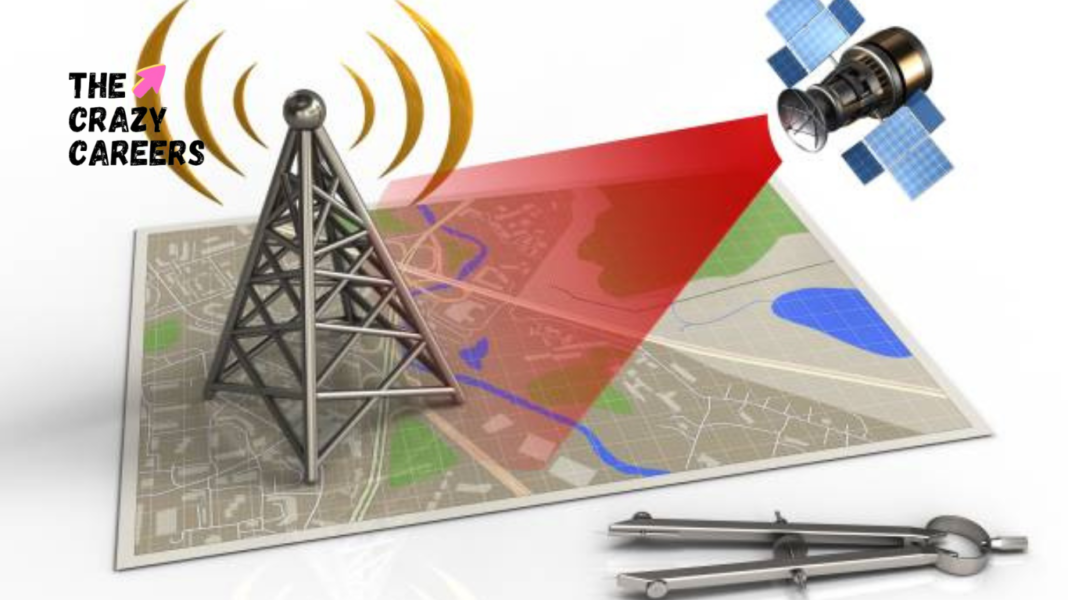Researchers at IIT Delhi, led by Assistant Professor Rahul Mishra and Professor Samaresh Das, in collaboration with Professor Yang Hyunsoo from the National University of Singapore, have achieved a groundbreaking advancement in communication technology. The development of Terahertz Emitter Technology at frequencies beyond current 6G capabilities marks a significant milestone in the field.
The Innovation:
Dubbed as a spintronic terahertz (THz) emitter, the device operates through a bilayer system comprising ferromagnetic and non-magnetic materials. The key innovation lies in the utilization of a semimetal material developed in-house at IIT Delhi, using platinum paired with a layer of cobalt. This unique combination enables the device to generate high-intensity pulses at the terahertz frequency range, nearing 10^12 Hz.
Also Read | Researchers find Rajasthani Clay Catalytic Converters for Automobiles
Motivation and Goals:
Professor Rahul Mishra emphasizes the motivation behind this development, highlighting the limitations of existing sources in the terahertz frequency range. These limitations include narrow bandwidths, low emission strength, and the need for low-temperature operations. The goal of the research was to create an emitter that not only provides enhanced emission strength but also functions efficiently at room temperature, making it suitable for practical, real-time applications.
Source of this Article | IIT Delhi Researchers Develop Highly Efficient Terahertz Radiation Source for Beyond 6G Technology
Implications and Applications:
Professor Samaresh Das underscores the broad and significant implications of THz technology. With its high-frequency radiation emission capabilities, terahertz technology has the potential to revolutionize various aspects of daily life. Particularly in the medical field, its non-invasive nature enables safer imaging techniques, allowing doctors to visualize the interior of the human body without the risks associated with conventional X-rays.
Communication Applications:
Research scholar Pinki Yadav highlights the significance of THz waves in the realm of telecommunications. These waves can facilitate faster and more secure wireless networks, significantly enhancing the speed and reliability of internet connections.
Publication and Recognition:
The culmination of this groundbreaking research has been published in ACS Nano Letters, a prestigious journal renowned for its focus on nanomaterials and devices. This publication underscores the significance of the findings and their potential impact on the field of communication technology.
This breakthrough in terahertz emitter technology marks a significant milestone, with potential applications spanning across medical imaging and telecommunications, promising a future of enhanced capabilities and functionalities.




